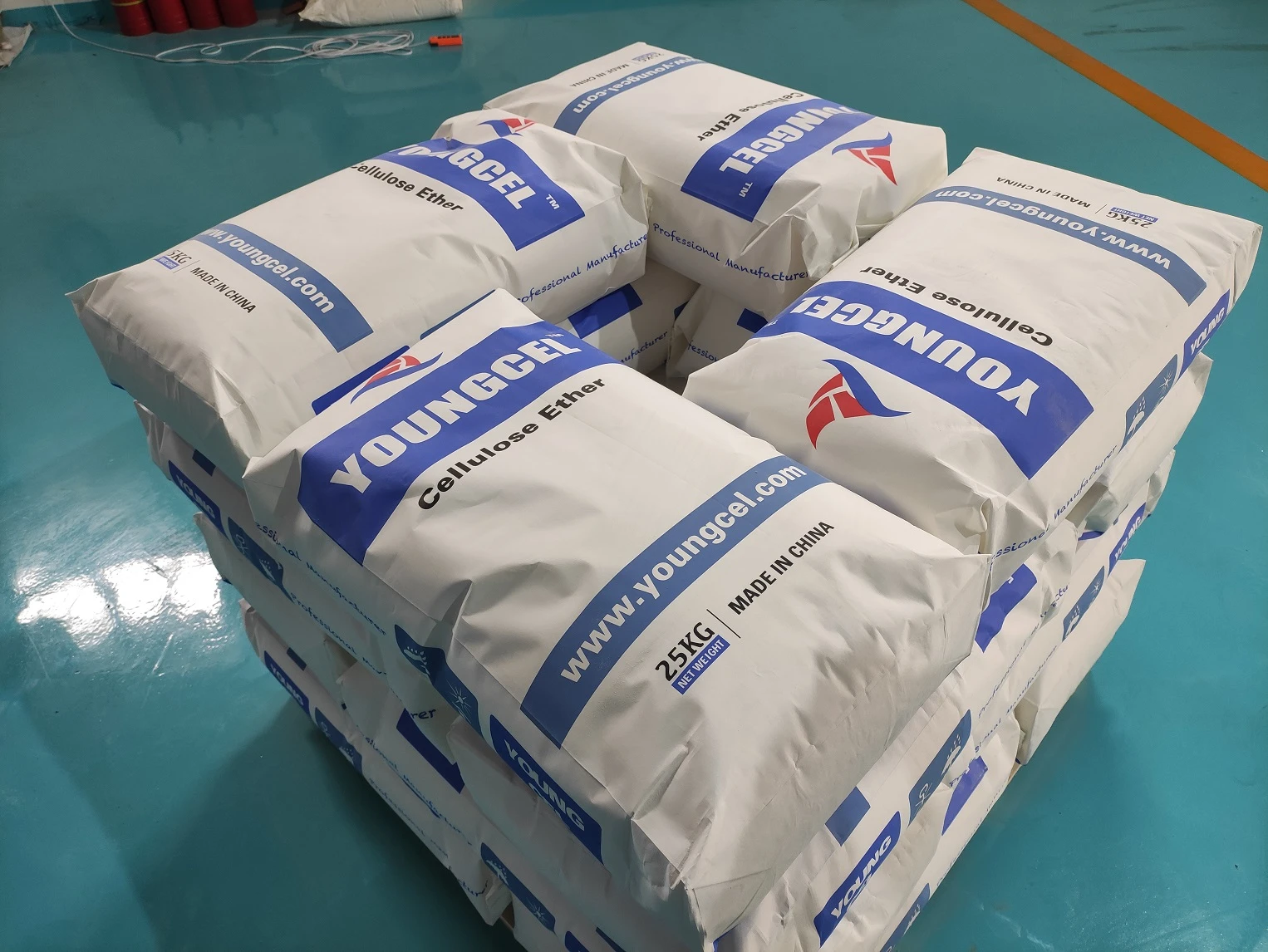Hydroxyethyl Cellulose (HEC) Properties, Applications, and Benefits
Hydroxyethyl cellulose (HEC) is a versatile, non-ionic cellulose ether derived from natural cellulose. This water-soluble polymer has gained increasing attention across various industries due to its unique properties and functional capabilities. In this article, we will delve into the characteristics, applications, and benefits of hydroxyethyl cellulose.
Properties of Hydroxyethyl Cellulose
Hydroxyethyl cellulose is characterized by its ability to dissolve in cold and hot water, forming a clear and viscous solution. This water solubility is primarily attributed to the hydroxyethyl groups introduced into the cellulose structure, which enhance its hydrophilicity. HEC exhibits excellent rheological properties, meaning it can effectively control the viscosity of aqueous solutions. The viscosity of HEC solutions can vary significantly based on the concentration of HEC, the temperature, and the pH of the solution, making it a highly adaptable compound.
Another significant property of HEC is its biodegradability and non-toxic nature, which makes it an environmentally friendly option compared to synthetic polymers. Its film-forming capabilities allow it to create a barrier on surfaces, enhancing moisture retention while providing a breathable layer.
Applications of Hydroxyethyl Cellulose
HEC finds extensive applications in various fields, most notably in the construction, cosmetic, and pharmaceutical industries
1. Construction In the construction industry, HEC is commonly used as a thickening agent in cement, adhesives, and grouts. Its ability to improve workability and enhance the retention of water makes it an indispensable additive in the formulation of construction materials. HEC helps to prevent premature drying of cement and enhances the adhesion properties of tile adhesives.
hydroxyethyl cellulose hec

2. Cosmetics In personal care and cosmetic products, HEC is widely used to improve the texture and viscosity of formulations. It acts as a thickening and stabilizing agent in lotions, creams, shampoos, and other products, providing a smooth application and enhancing the sensory experience for consumers. Its moisturizing properties also make it beneficial in hydrating formulations.
3. Pharmaceuticals HEC serves as a key ingredient in numerous pharmaceutical formulations, including gels and ointments. Due to its biocompatibility, it is often used as a thickener and stabilizer in topical and ophthalmic preparations. HEC’s ability to form gels in the presence of water also allows for controlled release of active pharmaceutical ingredients, improving the effectiveness of the medication.
4. Food Industry Emerging applications of HEC can also be found in the food industry, where it is sometimes used as a food additive for its thickening and emulsifying properties. It can enhance the texture of sauces, dressings, and other consumer products.
Benefits of Hydroxyethyl Cellulose
The benefits of incorporating hydroxyethyl cellulose into various formulations are manifold. Firstly, its ability to enhance the viscosity and stability of products improves overall performance, leading to higher customer satisfaction. Secondly, its biodegradable nature aligns with the growing consumer preference for sustainable and environmentally friendly products. With increasing regulations around environmental impact, HEC represents a biodegradable alternative to many synthetic thickening agents.
Moreover, the versatility of HEC makes it suitable for customization depending on the specific requirements of an application, such as viscosity, flow behavior, or gel formation. This adaptability allows formulators to innovate and optimize their products effectively.
Conclusion
In conclusion, hydroxyethyl cellulose is a multifunctional polymer that plays a crucial role in various industries, ranging from construction and cosmetics to pharmaceuticals and food. Its unique properties, environmental advantages, and broad range of applications make HEC an attractive choice for formulators looking to enhance product performance while adhering to sustainability goals. As research continues and new applications are explored, HEC is likely to become an even more integral component in product formulation across a multitude of sectors.
-
Rdp Powder: Key Considerations for Wholesalers in the Building Materials IndustryNewsJul.08,2025
-
Key Considerations for Wholesalers: Navigating the World of Hpmc - Based ProductsNewsJul.08,2025
-
Hpmc Detergent: Key Considerations for WholesalersNewsJul.08,2025
-
Key Considerations for Wholesalers: China Hpmc For Tile Adhesive, Coating Additives, Concrete Additives, and MoreNewsJul.08,2025
-
Crucial Considerations for Wholesalers: Navigating the World of Construction MaterialsNewsJul.08,2025
-
Key Considerations for Wholesalers Sourcing Additive For Cement, Additive For Concrete, Additive For Putty from Additive Manufacturer Shijiazhuang Gaocheng District Yongfeng Cellulose Co., Ltd.NewsJul.08,2025




